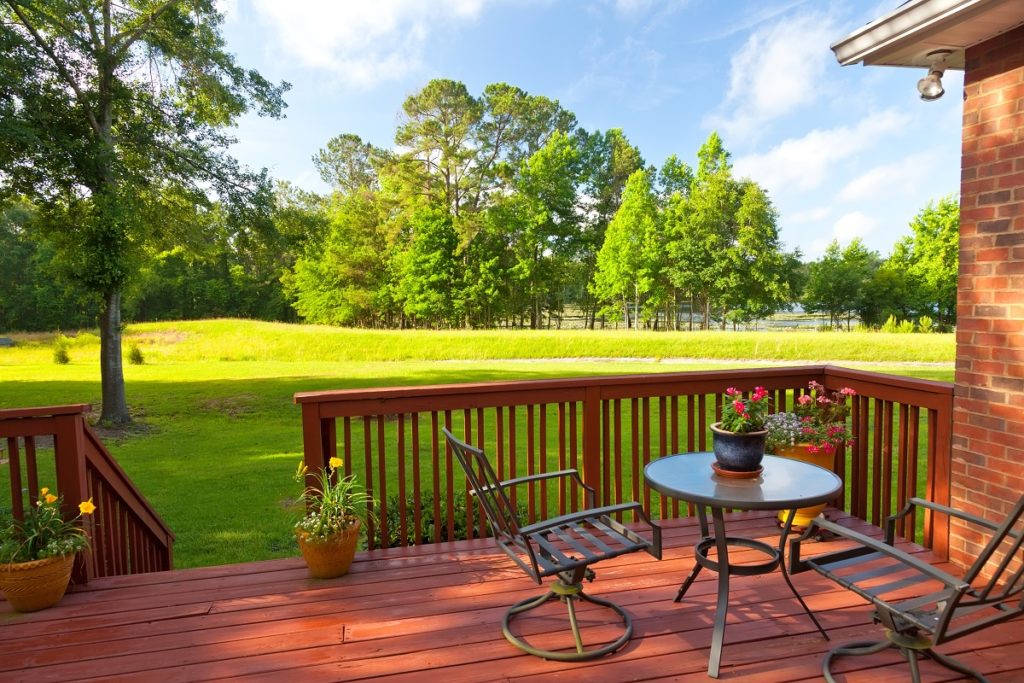We use a lot of energy at home. Whether it’s powering our appliances, heating and cooling our homes, or running our electronics, energy is an essential part of our lives. And while we have to be mindful of our energy use, it’s also vital to ensure we’re getting the most out of that energy.
Making the switch to eco-friendly solutions can be difficult, especially if you’re unsure where to start. But if you want to make the most of your energy consumption, you must do what you can to reduce your impact. You don’t have to make an abrupt switch. You can slowly ease into converting your home into an efficient abode, one change at a time. It’s all about being conscious of your choices and trying to save where you can.
Here are some tips on how to make your home more energy-efficient:
Identify Your Energy Consumption
Before making any changes to your home for energy efficiency, you must understand how much energy you and your home consume. Knowing that will give you a baseline to work from as you start to make changes. It will also help you to set goals for your energy reduction.
There are a few ways to get an estimate of your home’s energy consumption:
-
Check your utility bills:
This is the most accurate way to understand how much energy you use. Review your past billing statements and look for any patterns or spikes in usage.
-
Use an online calculator:
If you don’t have access to your utility bills, some online calculators can help you estimate your consumption. EnergyStar has a Home Energy Yardstick tool specific to the U.S., while Natural Resources Canada has an easy-to-use home energy calculator.
-
Get a home energy audit:
If you want a more comprehensive overview of your home’s energy use, you can get a professional home energy audit. An auditor will come to your house and assess how much energy you use and where your home uses the least power.
Once you know your home’s energy consumption, you can start looking for ways to change how you use energy at home.
Understanding Your Appliances

One of the best places to start making changes at home for energy efficiency is how you choose and use your appliances. Depending on the machine, they can use a lot of energy. Some of them could account for up to 20% of your home’s energy consumption.
When shopping for a new appliance, always look for the ENERGY STAR label. ENERGY STAR is a designation given to products that meet specific energy-efficiency guidelines set by the Environmental Protection Agency (EPA). An appliance must use less power than similar models to earn the label without compromising on features or performance.
Another consideration you should consider is your appliances’ capabilities in contrast to your needs. An excellent example is in choosing air conditioning units. Depending on the size of the room, you might need something more powerful. While smaller air conditioners will use less energy, it isn’t efficient if they can’t effectively cool the room. Placement can also affect the efficiency of your unit. Strategic air conditioning installation will help ensure that the cool air coming from it is unobstructed by anything that will hinder it from working efficiently.
Smart Home Automation
Smart home automation is an excellent way to take your energy efficiency up a notch. Not only will it give you more control over how you use energy in your home, but some devices can even help reduce your consumption without much effort.
One of the most famous examples of smart home automation is the thermostat. A regular thermostat lets you set a temperature for your home and turns on the heating or cooling system to maintain that temperature. A smart thermostat does all that and more.
You can program a smart thermostat to automatically adjust the temperature based on the time of day or whether anyone is home. Some models can even learn your schedule and make adjustments accordingly. You can see a significant decrease in energy consumption by making minor tweaks to when your heating and cooling system runs.
Other examples of smart home automation devices that can help with energy efficiency include:
-
Light bulbs:
Automated light bulbs can turn on and off based on whether someone is home or the time of day. You can also control many models via voice assistants or mobile apps.
-
Power strips:
Smart power strips let you remotely turn off devices plugged into them. They’re beneficial for appliances and electronics that go into standby mode when not in use but still draw power, such as TVs and game consoles.
-
Water heater:
A smart water heater can automatically adjust its temperature based on your usage patterns. That way, you’re not heating water when you don’t need it, saving you money on your energy bill.
Improving your home’s energy efficiency doesn’t have to be a daunting task. You can improve your energy consumption at home and potentially lower your energy bills by changing how you use appliances and incorporating smart home automation devices one step at a time. All it takes is a little research and effort to make a difference for your home and the world.


